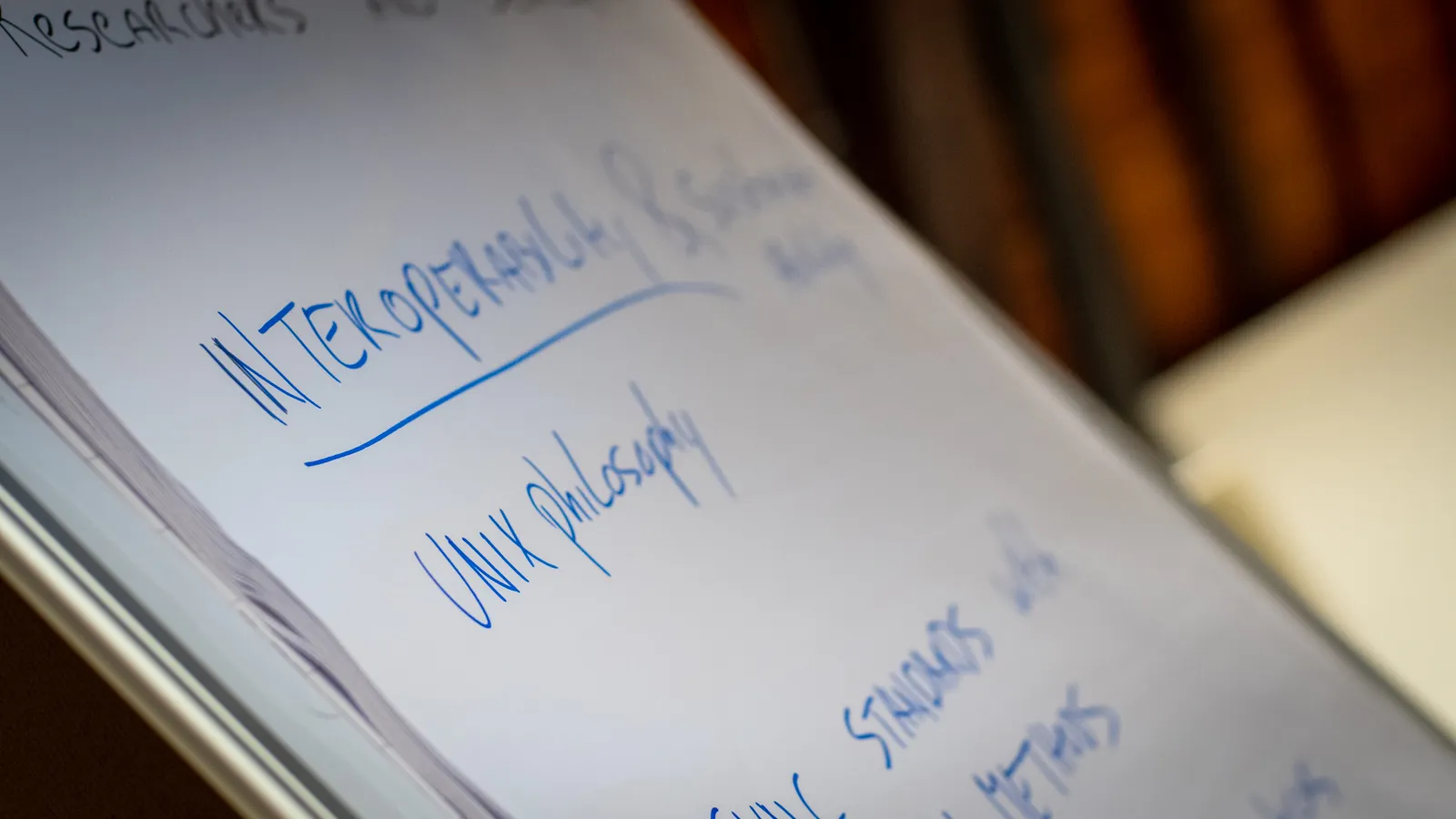I recently participated in the rehearsal for the defense interview of ODISSEI: the large-scale national infrastructure for the social sciences in the Netherlands.

Excursion into a neighbouring field
For an infrastructure specialist the social sciences are an attractive domain to work for compared to the humanities. The amounts of available data are so much bigger and better structured. Research methodology is much more quantified and measurable, which makes it much better suitable for computational analysis. The sense of urgency is another advantage that the social sciences have over the humanities. Showing that your research infrastructure can make a direct impact on modern society is easier when you are addressing topics like energy transition, social housing, child care, or welfare policy; instead of the scientific correspondence of Anthony van Leeuwenhoek (the inventor of the microscope) or the distribution of medieval land around monasteries. Trick is though, that I personally like working on the latter a lot more!
ODISSEI and CLARIAH (its counterpart national infrastructure for the humanities) are both partners and competitors. They are partners in the sense that both provide infrastructural services to researchers in the respective domains. And yes, so does the Large Hadron Collider or an array of radio-telescopes, but social sciences and humanities share very close ties. Both the Dutch Research Council and the European Framework Programs treat it as a single domain: SSH (social sciences & humanities).
Competitors?
The two projects are also competitors. Both have applied for large-scale national infrastructure funding in the same rounds in the past. The amounts of requested funding is als significant for both fields – in the area of €10-€20 million for 5-year long projects. But the fact that the stakes are high does not mean that cooperation is impossible. And this year CLARIAH is not in the running.
A strong social science infrastructure is very much in the best interest of the humanities as well. ODISSEI and CLARIAH are mostly complementary. Where CLARIAH is designed to work with qualitative data, lots of uncertainty in smaller datasets, and a strong connection to the cultural heritage sector, the ODISSEI architecture has to deal with much bigger quantitative datasets integrated with many public organizations. Connect those and you get a massive amount of research data that covers human behavior in all its complexities across time and space. It’s not strange that both attract interest from the same research groups in the computational sciences. They are very much aware of the potential.
So I put on my hat of CLARIAH CTO, went to Utrecht and provided as much advise as I could. I truly hope ODISSEI is successful and that we can start working together as equal partners. I wish you all the best and keep my fingers crossed.